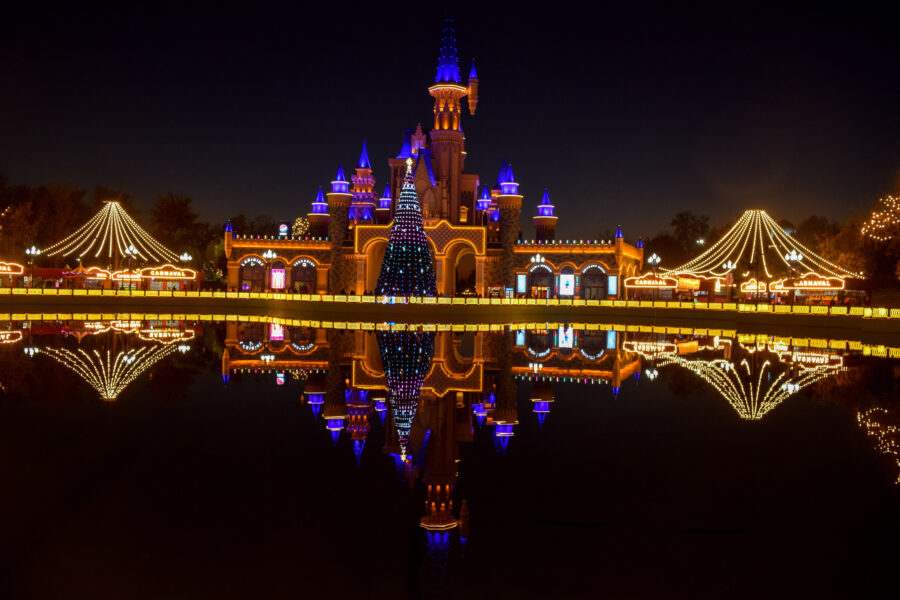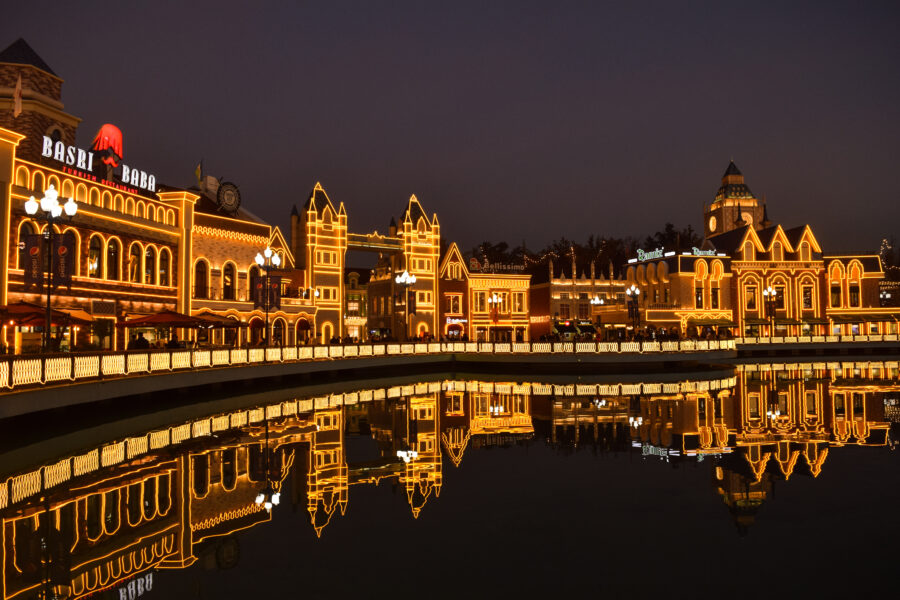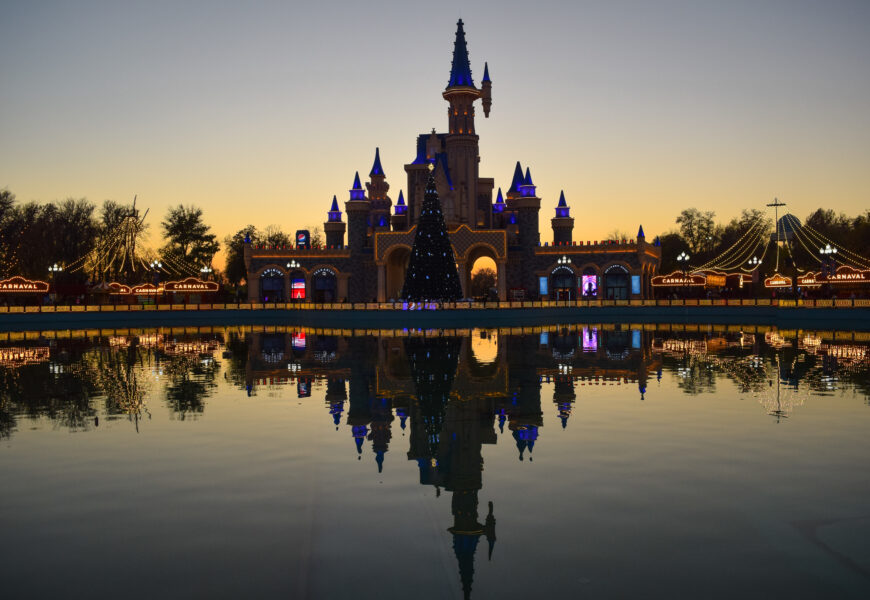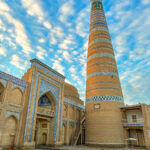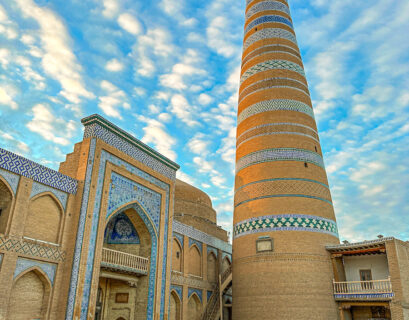Tashkent might not steal the spotlight in travel guides like the famed cities of Samarkand or Bukhara, nor does it carry the hidden charm of Khiva. So, when planning my trip, I had to carefully weigh how much time to spend here. Initially, I underestimated just how long I’d need in Uzbekistan, especially with the Fergana Valley on my list. But, as travel often goes, plans changed. I cut short my Fergana adventure and ended up staying in Tashkent longer than intended. In hindsight, that unexpected shift gave me the gift of truly immersing myself in the rhythm and life of this city.

Tashkent offers a unique glimpse into Soviet history that sets it apart from other destinations in Central Asia. Walking through its streets, you can feel the remnants of its Soviet past, evident in the architecture, public spaces, and even in the layout of the city. The story of Tashkent’s transformation makes it truly stand out. Much of the Tashkent city was devastated by a massive earthquake in 1966, which left a significant part of it in ruins.
Instead of merely restoring what was lost, the Soviet Union saw this as an opportunity. They rebuilt Tashkent as a model city, reflecting the modernist architectural vision of the 1970s. As a result, Tashkent became a showcase for Soviet urban planning, with its wide avenues, grand public squares, and monumental buildings, offering a contrast to the more ancient cities of Uzbekistan. The influence of Soviet design is visible everywhere, from the imposing facades of its government buildings to the distinct mosaic-tiled metro stations.

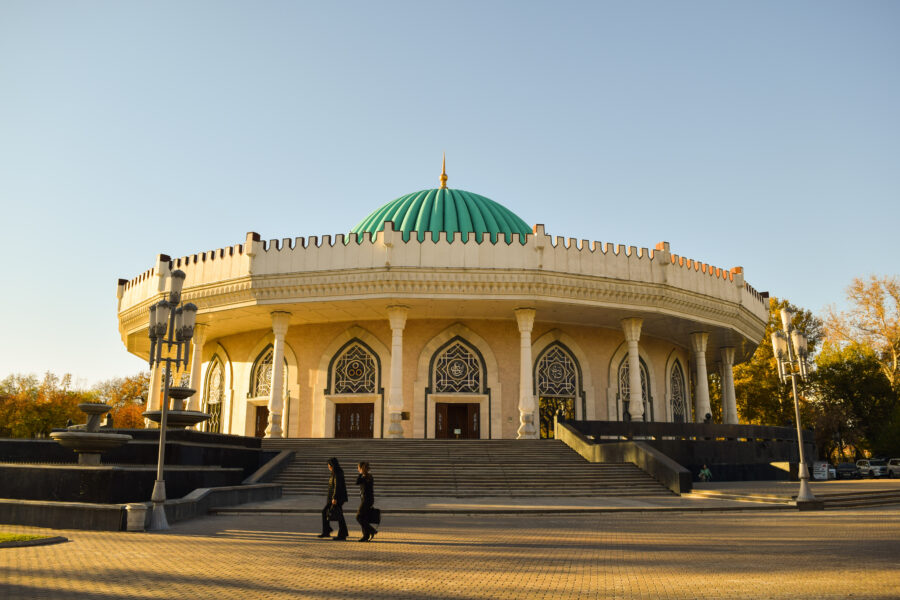
Tashkent is opening up to tourism
It won’t be wrong to say that exploring Tashkent feels like stepping into a living museum of mid-20th century Soviet architecture, a history lesson that no other city in the region can offer with the same depth. This blend of past and present creates a fascinating contrast, making Tashkent a destination worth savoring beyond the usual tourist spots.
What struck me most about Tashkent was how unexpectedly “green” it is. The city is surprisingly walkable, with tree-lined boulevards, parks, and open spaces offering a refreshing break from the usual urban sprawl. But beyond its greenery, the city’s eagerness to welcome visitors is unmistakable. Uzbekistan, once an enigmatic and closed-off destination, has thrown open its doors to the world, and Tashkent reflects this transformation everywhere you look. You might find eager university students approaching you to practice their English or notice how tourist-friendly the city has become, with hotel lobbies filled with flyers and brochures highlighting things to do. There’s also a noticeable warmth in how locals interact with tourists, always ready to offer a helping hand or strike up a conversation.

Wanna Go Back in Time?
Tashkent’s infrastructure is well developed, albeit most of it is from the Soviet era. Infact there won’t be a corner there that does not bear a mark of its Soviet legacy. And perhaps no better place to see the Soviet era history than Tashkent’s metro stations. The Tashkent Metro stands out with its architecture. Modelled on the Moscow Metro, it’s all marble, chandeliers and carved alabaster (have your camera ready, photography restrictions were lifted early in 2018). Every station has a theme – instance – Kosmonavtlar station, which is dedicated to Soviet space travel (look out for Valentina Tereshkova, the first woman in space). Metro also takes you to all the marvels of the city. For more, see this photo story
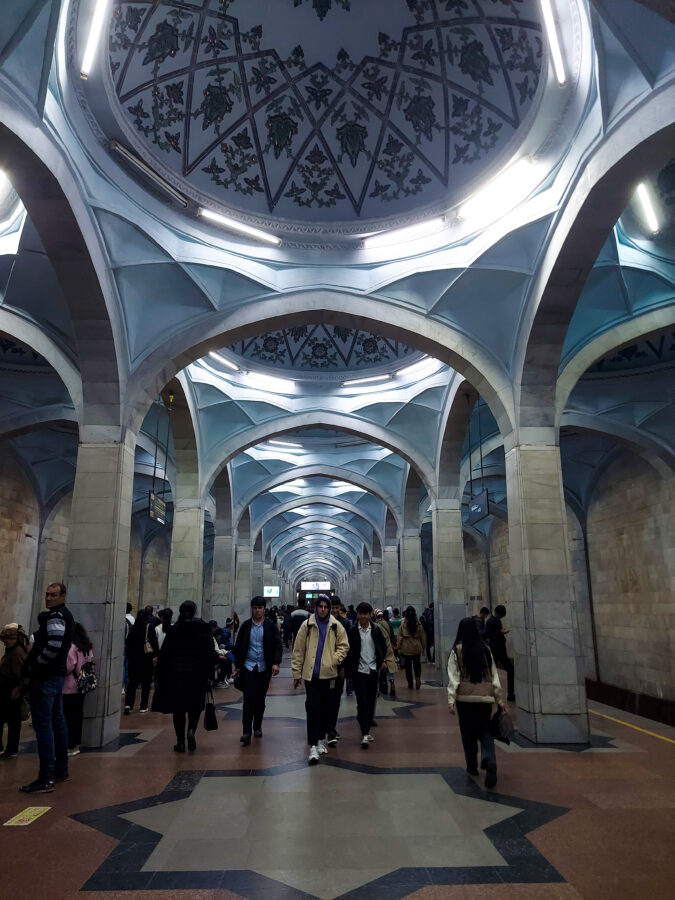
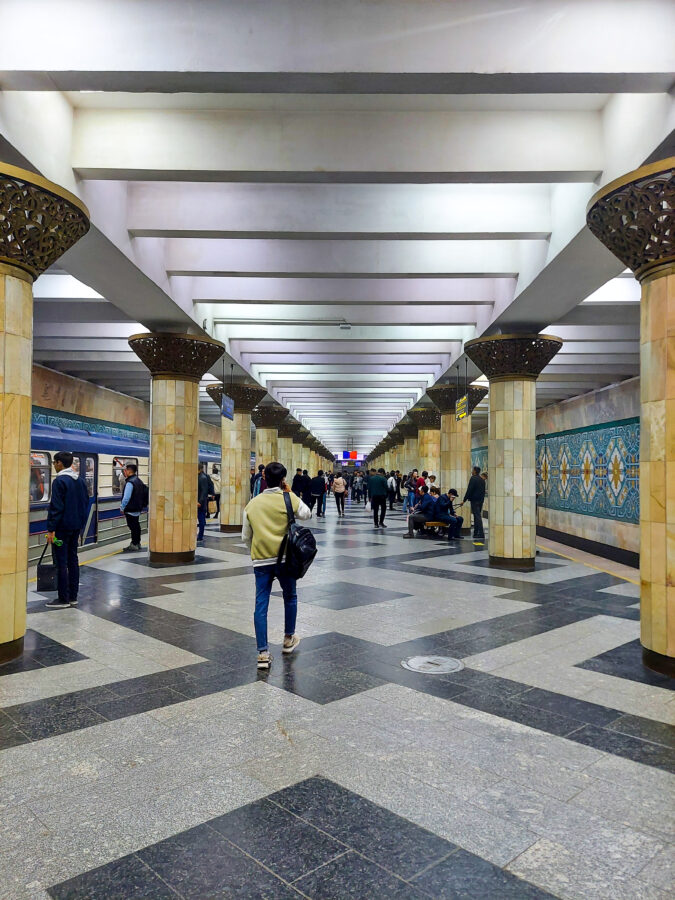
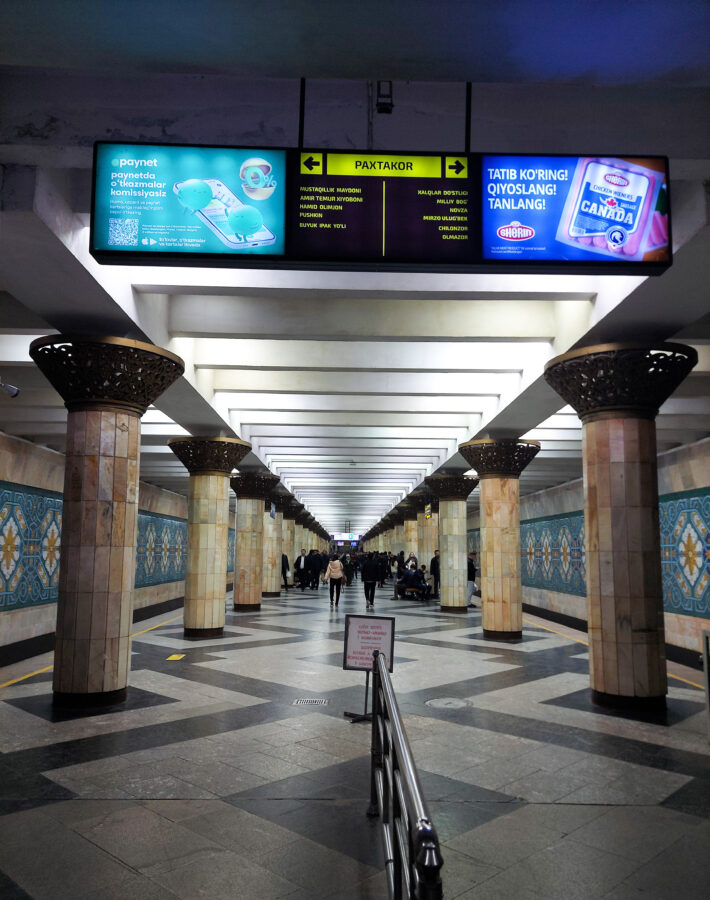
Last minute shopping
Hop on the metro and make your way to Tashkent’s Old Town, where the sprawling Chorsu Bazaar awaits. This bustling marketplace is a sensory overload, with lanes filled with an array of dairy products, dried fruits, and vibrant pyramids of fresh vegetables. If you’re hunting for foodie souvenirs, Chorsu Bazaar is the place to be. The upper floor of its iconic, dome-shaped building is home to countless food stalls.
Step outside, and you’ll find yourself wandering through rows of shops selling dried fruits, colourful textiles, and traditional clothing. Keep exploring, and you’ll stumble upon an entire section dedicated to Uzbek cuisine, where you can sample freshly made bread, sweets, and savoury dishes. To the list definitely add the national dish – Plov. Plov is a long-grain rice dish cooked with chickpeas, capsicum, and topped with meat.
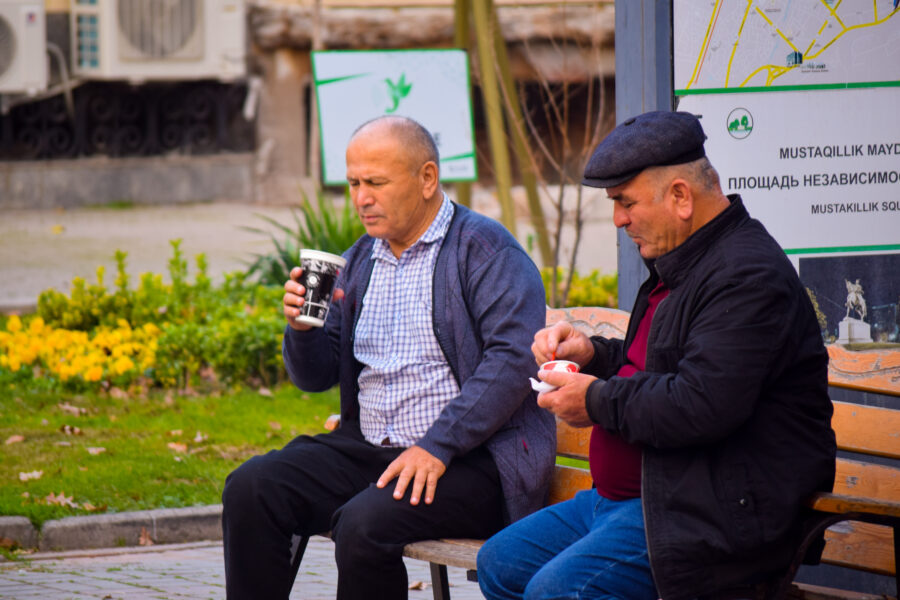
Bro code in Tashkent
Uzbekistan brims with a spirit of warm camaraderie. Young boys eagerly greet you on the streets, while teenagers are quick to strike up spontaneous conversations. Even a chance bump with a passerby transforms instantly into a warm smile and a friendly pat on the back. Ask for directions, and locals will go out of their way to ensure you’re guided, often turning to Google Translate if language poses a barrier. I’ve rarely encountered such friendliness—strangers offering hugs, women greeting me with sweets, and college students inviting me over for chai.
Khast Imam Complex
Despite its long history, Tashkent doesn’t have many historical monuments to boast of. The Khast Imam complex, a towering building, almost a kilometre away from Chorsu Bazaar is the closest that comes to historical places. The Khast Imam Complex gets its name, ‘saint imam’, from the 10th Century Islamic scholar and poet. The mausoleum was built in the 16th Century and became a pilgrimage site for many believers around the globe.
Hazrat Imam Mosque
The Hazrat Imam Mosque is the only structure in the complex constructed in the present century (2007), yet its architectural style thoughtfully echoes its 16th-century neighbours, allowing it to blend seamlessly into its historic surroundings. Towering minarets dwarf the central building, which is adorned with intricate wooden columns and classic brickwork, harmonizing modern craftsmanship with timeless design.
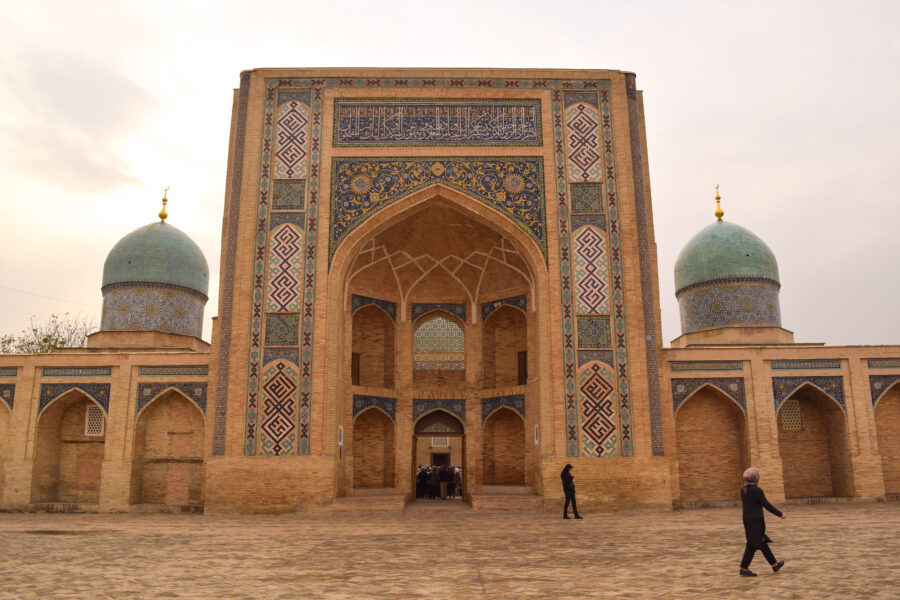
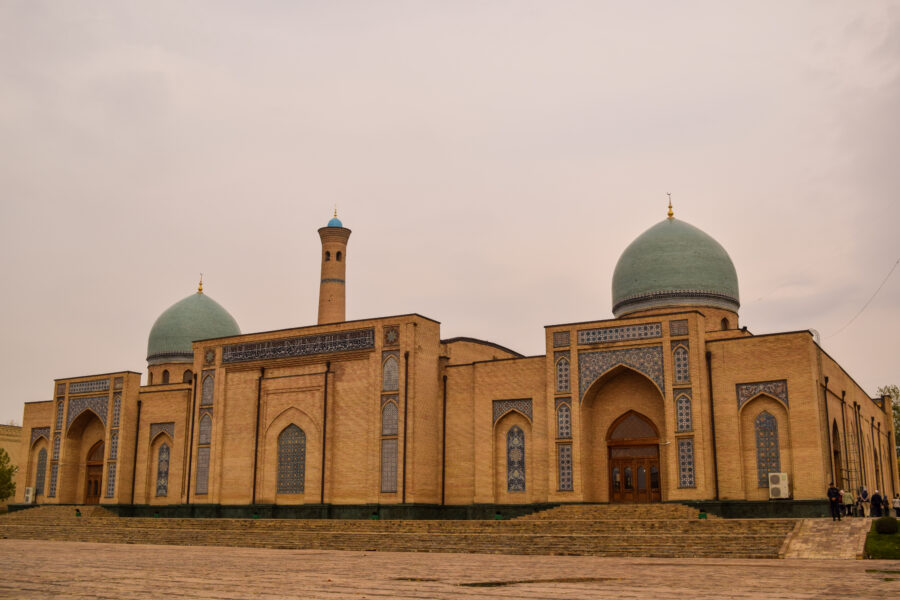
Magic City of Tashkent
Come evening – and head to the Magic city in Tashkent. The park’s streets capture the architectural charm of cities like Paris, Barcelona, London, and Berlin, each area evoking a distinct urban style. As night falls, the park comes alive with captivating light and fountain shows, where music, dancing jets of water, and laser animations combine to create enchanting, magical evenings.
